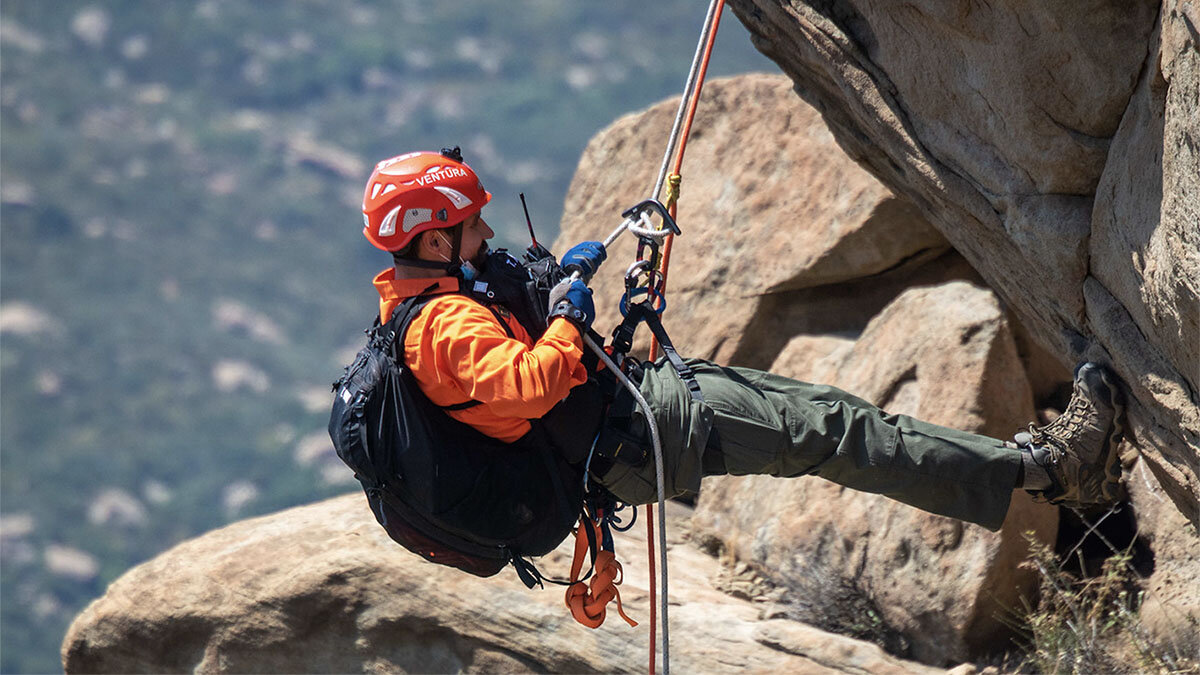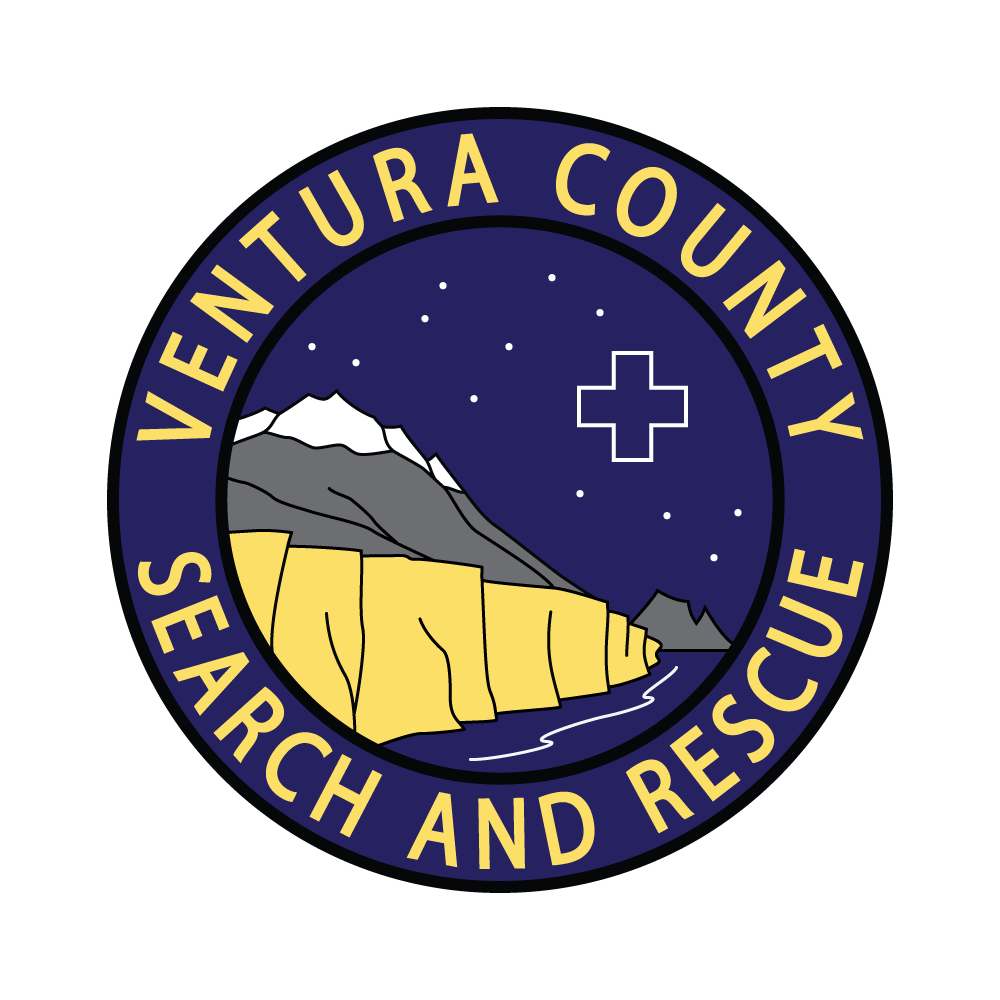
The Ten Essentials
In the event of an injury, sudden weather change, or an unexpected delay, the Ten Essentials provide you with first aid and emergency items to survive and be comfortable in most any scenario.
Navigation.
Whether a leisurely stroll on a local trail, or a multi-day trek into the mountains, a map, compass, GPS unit and knowledge of how to use them are essential. Planning and uploading your route can save you from wrong turns or ending up without enough supplies.
Hydration.
No one ever complained of bringing too much water! Weather and distance traveled will dictate how much water you bring, but it’s always better to have too much than not enough. Pre-hydrate the night before and/or the morning of your hike to help your body get ahead of the hydration curve.
First Aid.
Bring a small personal kit containing some basic first aid items including medications. Start with a pre-made kit and modify it to fit your trip and your medical needs. Consider including an emergency guide in case you are faced with an unfamiliar emergency. Don’t forget to check for and replace expired items.
Fire.
A lighter and waterproof matches are two of the basic fire starters. If you need to get a fire going in tough circumstances, you’ll want to make sure whatever you have is reliable. Cotton balls soaked in petroleum jelly make excellent tinder.
Insulation.
Depending on the environment, weather, terrain, and distance, consider packing a sweater, cap, gloves, socks, long underwear, and/or rain gear. You never know when you may need to spend the night when an overnight was not planned, or help a friend in need.
Illumination.
It’s is easier than ever to find a good, lightweight, bright flashlight or headlamp, small enough to fit in your pocket. Don’t rely on your phone- it drains the battery for when you may really need to communicate should you get lost. Always carry extra batteries - you never know when you’ll need it!
Tools/ Repair Kit.
Let’s face it, stuff happens! Keep safety pins, needle and thread, duct tape, knives, multi-tools, etc. on hand to get you out of a bind in the backcountry. The more remote you go, the more robust your kit needs to be. Tear off strips of duct tape and wind them around your trekking poles or water bottle for easy access.
Sun Protection.
Sunscreen, sunglasses, a hat and sun-protection clothing are essential to protect your skin and eyes against harsh UV rays that are responsible for sunburns and skin cancer. Apply sunscreen before you leave and reapply frequently. Don’t forget sun protection for your lips as well!
Shelter.
One of the most important elements during an emergency survival situation, a space blanket, bivy, small tarp, rope and trekking poles can convert quickly into a shelter - protecting you from any harsh conditions in case you get stranded. A large trash bag can also be used as a shelter or a poncho.
Nutrition.
Avoid getting hangry on the trail with a snack our two- especially if you are out there longer than expected. Bars, granola, dried fruit, jerky etc. are compact, don’t need to be cooked, and will keep for long periods of time. Make up a bag of your own GORP (Good Old Raisins and Peanuts) to bring along!










